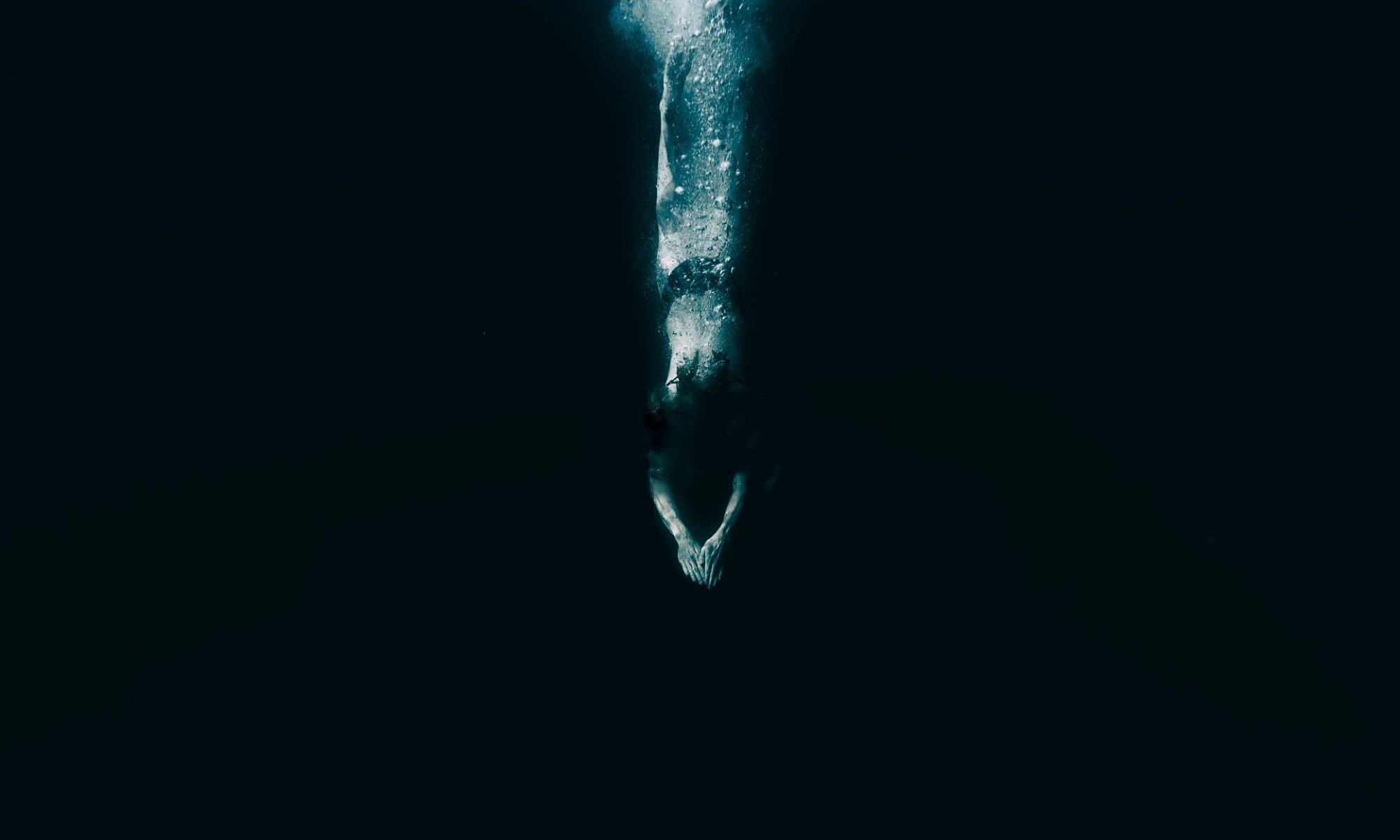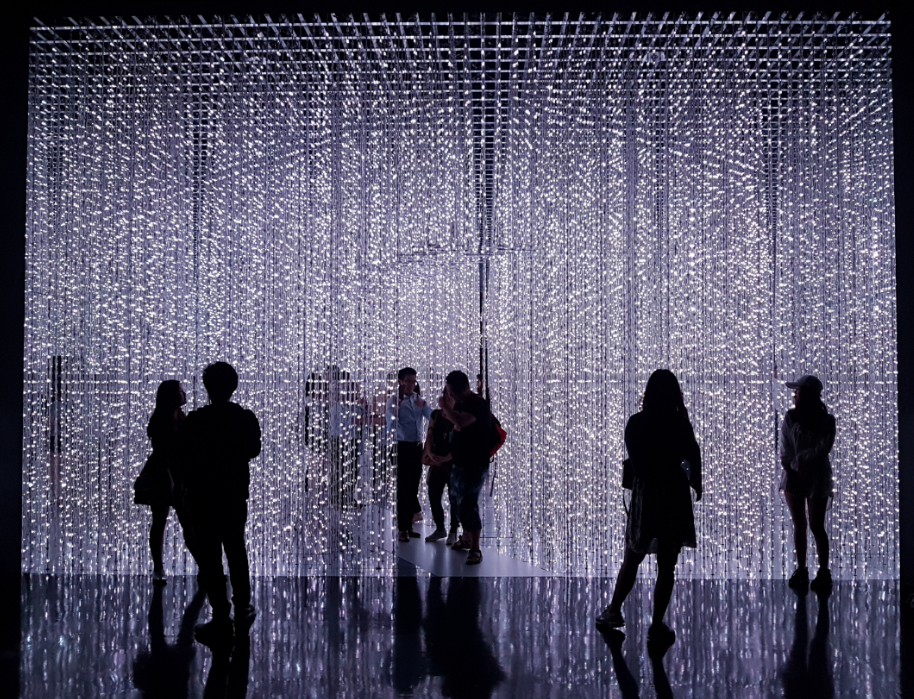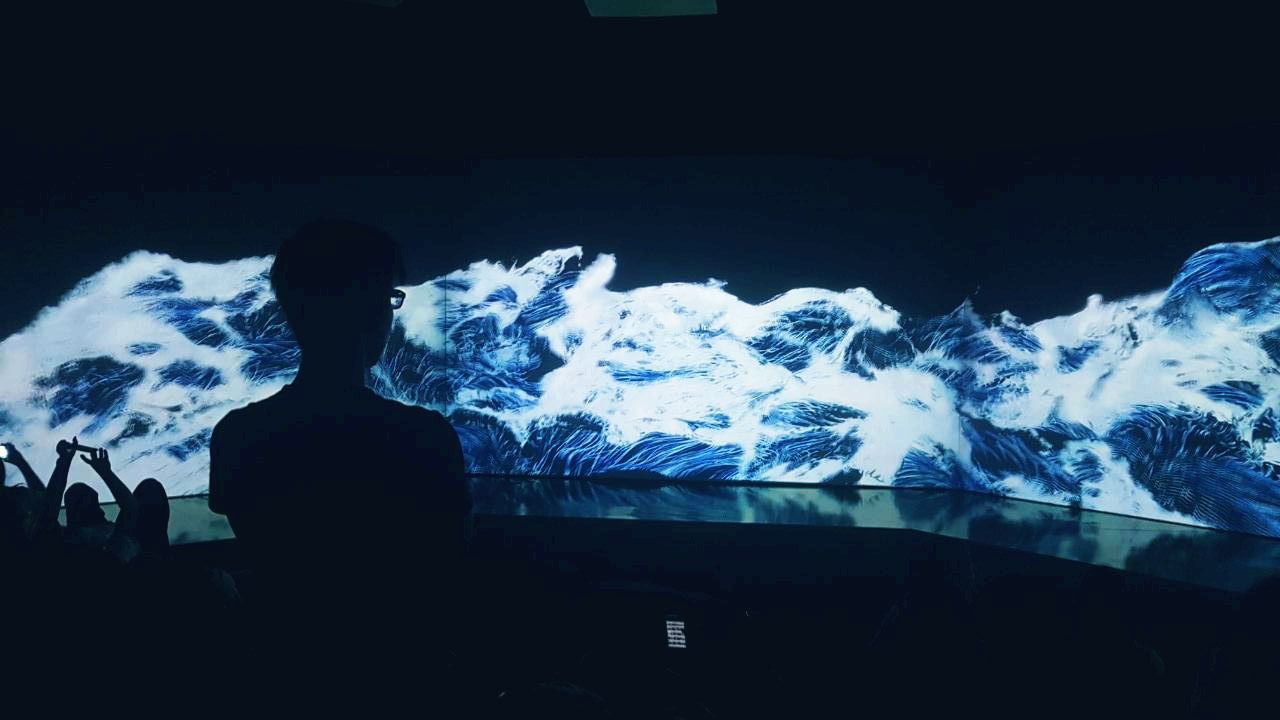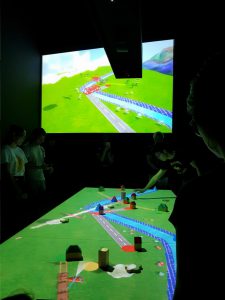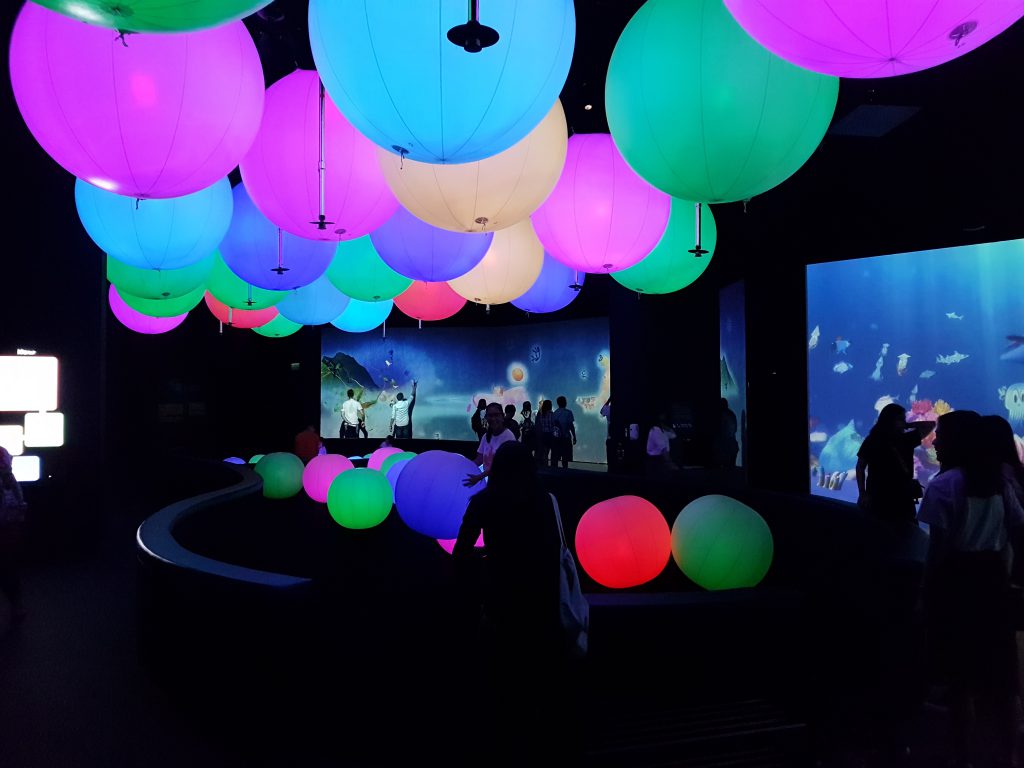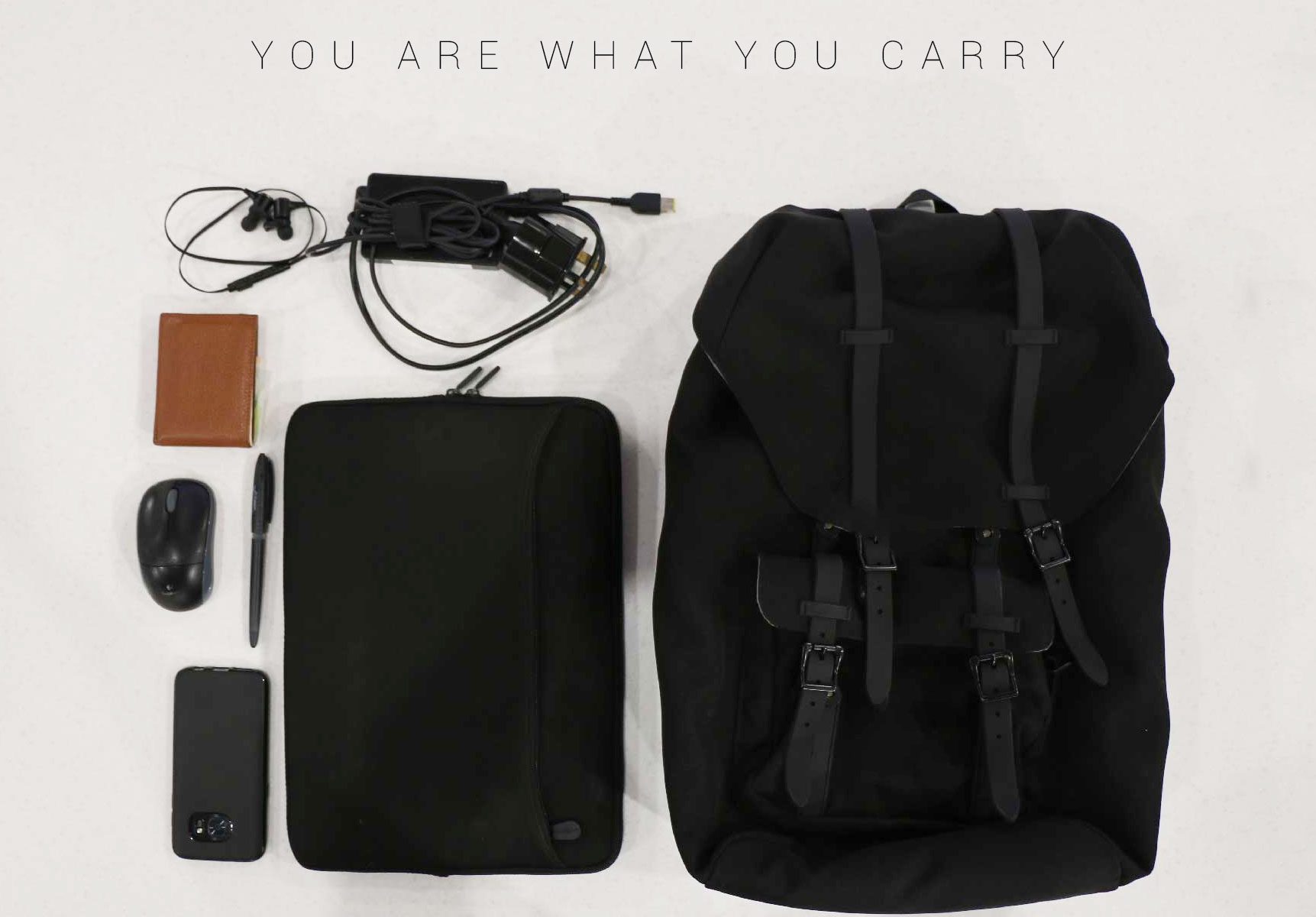Electron Drawing – Visual Music
During week 7 we had the pleasure to meet Timothy Nohe. He is an artist and educator engaging traditional and electronic media in daily life and public places. The Light City festival in Baltimore takes places once a year. More than 500.000 people have attended and more than 160.000 people came from outdoor the state. Timothy Nohe was one of this year’s artist at the Light City Festival. His Artwork called Electron Drawing – Visual Music encourages audiences of all ages to become active creators of live technological art and beautiful mathematically derived music and drawings. He also explained the functionality of his artwork and key requirements for a festival.
Key requirements for the Artwork
- Remove physical touch of the controller through gestural control
- Make it easy and understandable for the audience (make all complex components ‘invisible’)
- Understand the geometrical location
- Keep humidity, rain, and wind in mind
- Quick access to the Artwork otherwise interest of the audience could be lost
- Enable audience to interact with each other.
Other things to keep in mind:
- Liability, insurance and responsibility issues
Picture Source: https://umbcarts.files.wordpress.com/2017/03/tim-nohe-electron-drawing.jpg
